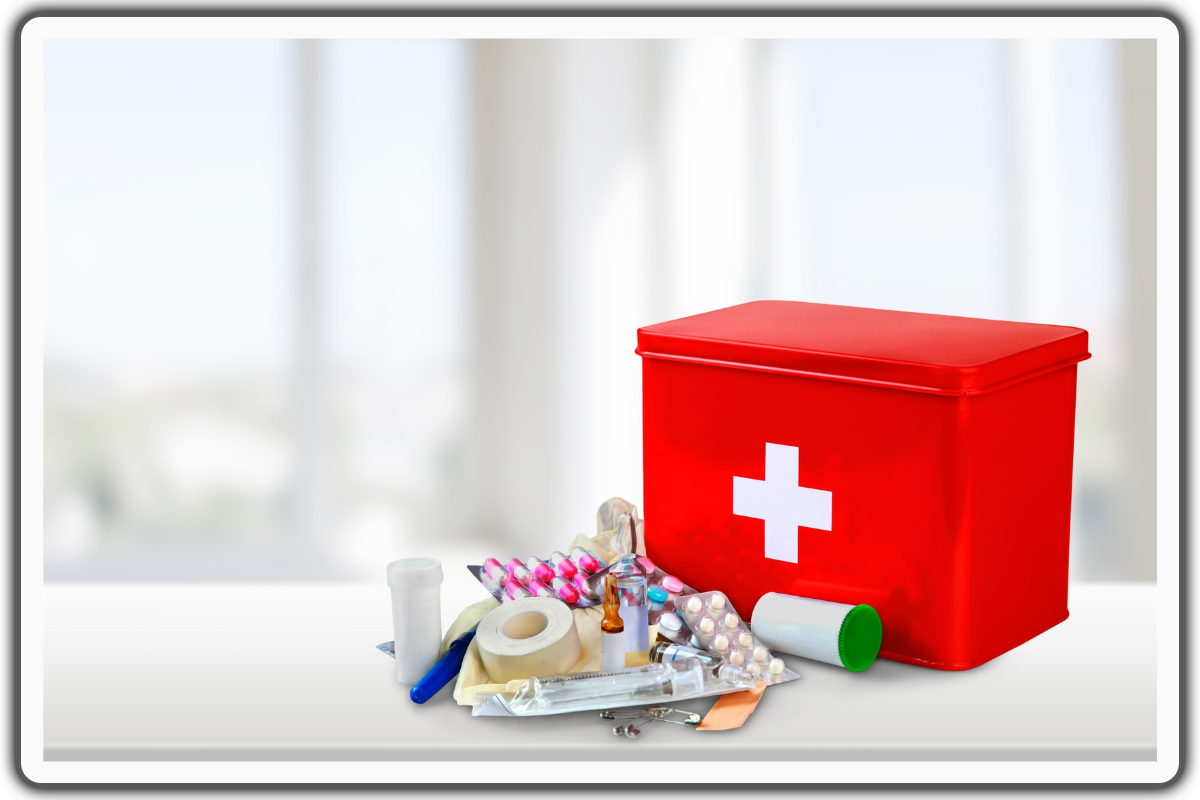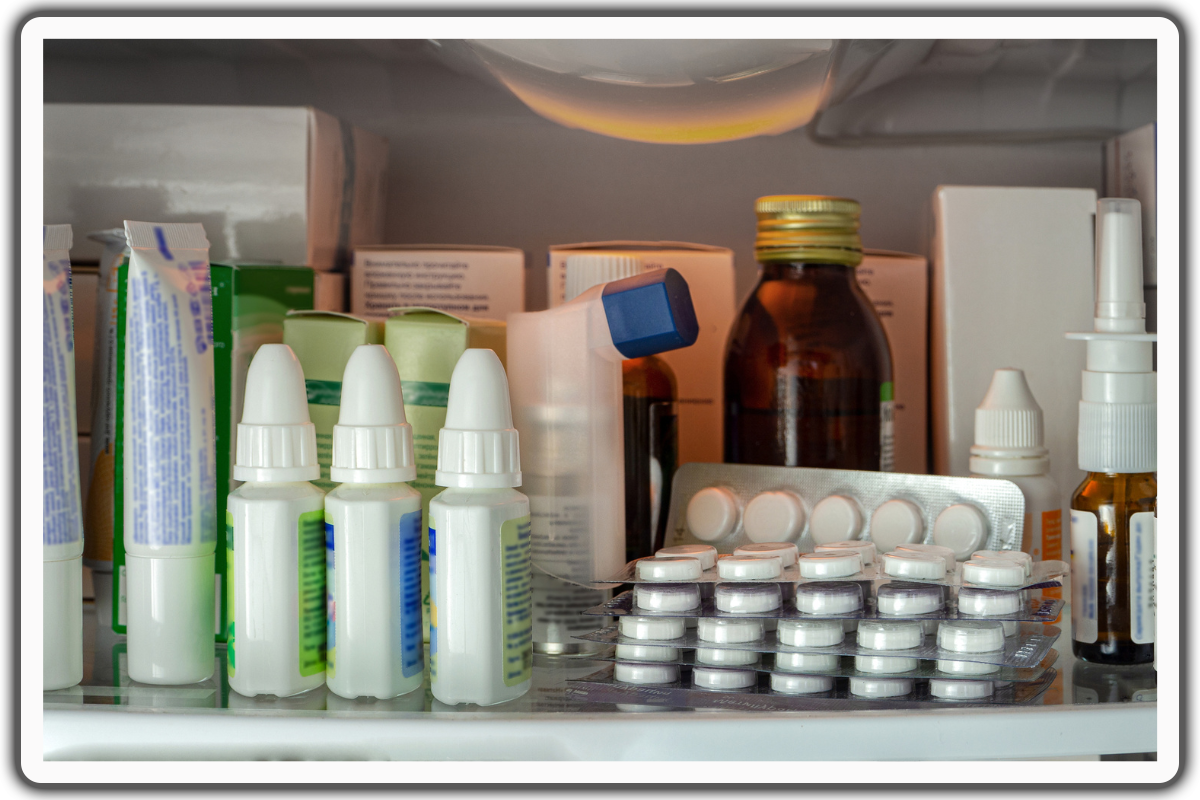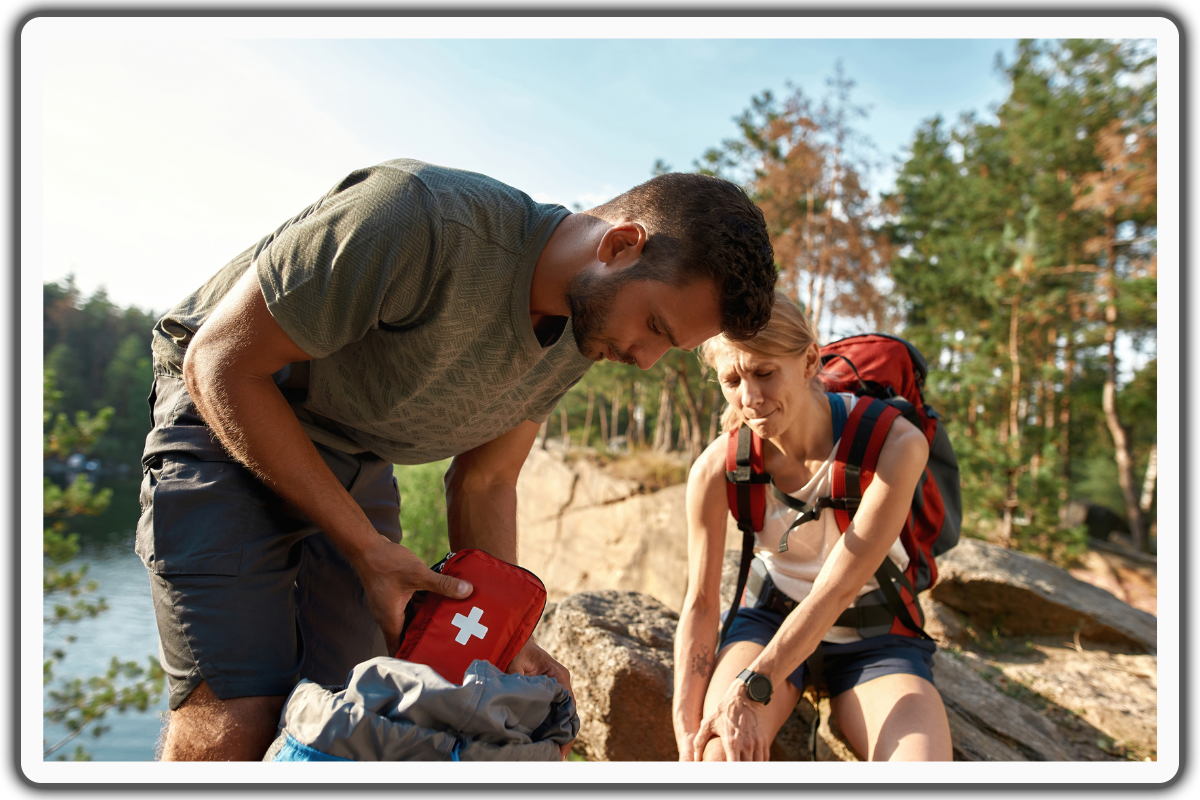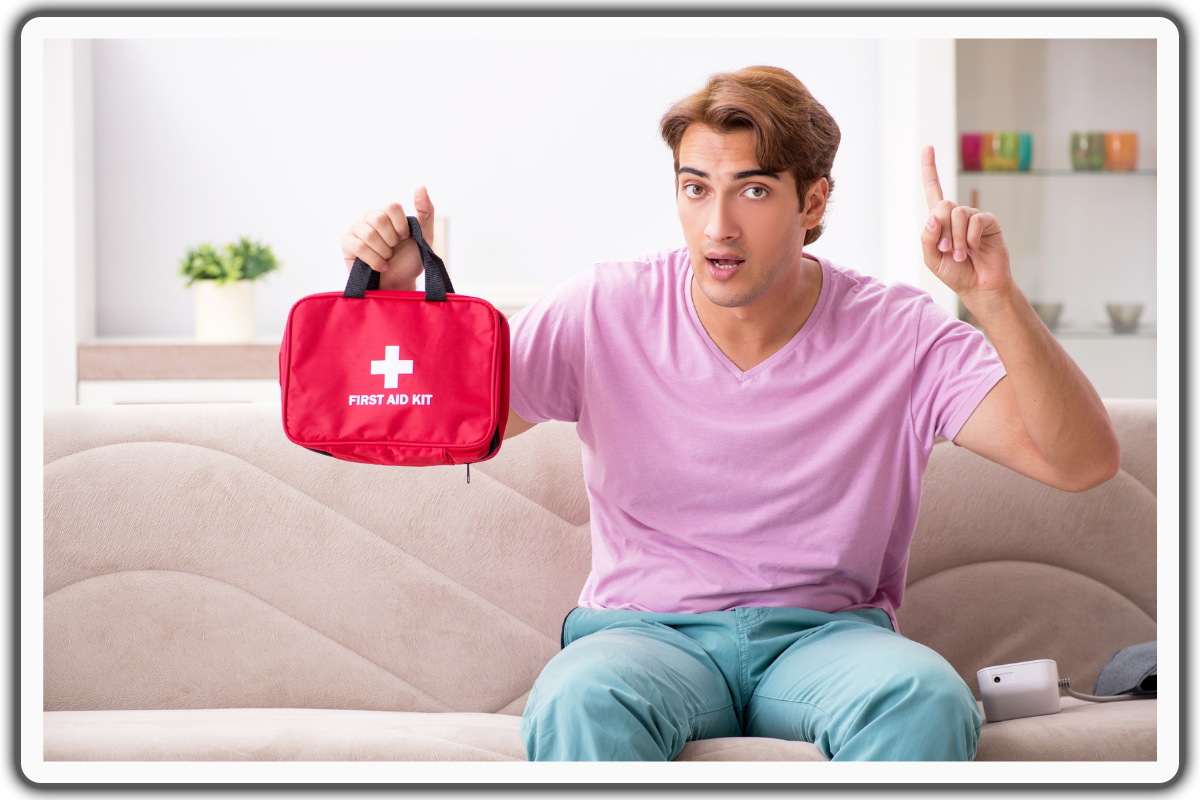Must-Have First Aid Kit Items List: Your Complete Checklist for Safety and Preparedness

Don't be caught unprepared! Build a comprehensive first-aid kit items list for home, travel, or outdoor adventures. Our guide outlines essential items for your kit, ensuring readiness at home, during travel, or outdoor adventures. Always review your kit to ensure it's stocked for emergencies.
Our checklist covers bandages, disinfectant wipes, splints, and eye care solutions catering to various injuries and urgent needs. We offer expert advice on storage and maintenance, ensuring your kit is reliable when needed most.Protect yourself and your loved ones, and be proactive with our expert first-aid kit guide.
Importance of Having a First Aid Kit
Immediate Response:
A stocked first aid kit allows for prompt treatment of injuries, potentially preventing minor issues from escalating into serious problems.
Accessibility to Emergency Tools:
Well-stocked first aid kits contain essential items like sterile gauze pads, cold packs, and adhesive tape in assorted sizes, ensuring you have the right tools at your fingertips.
Customization for Individual Needs:
Tailoring your kit based on family members' needs, including personal medications and specific medical supplies, enhances the kit's effectiveness.
Enhanced Preparedness:
Emergency phone numbers and information on accessing emergency medical services within your kit can be lifesaving in critical situations.
Regular Maintenance:
Checking and restocking your kit regularly ensures you are always prepared with fresh and complete supplies for any emergency.
Versatility for Various Situations:
A kit based on your lifestyle, whether at home, in the car, or during outdoor activities, means you can handle unforeseen incidents in any setting.
Support Until Professional Help Arrives:
A well-stocked first aid kit provides necessary aid to stabilize conditions and support the injured until emergency medical services can take over.
Essential First Aid Kit Items
Basic Supplies for Wound Care
Wounds are one of the most common injuries that require immediate attention. Therefore, it is essential to stock your first-aid kit with these wound care essentials:
Adhesive bandages of various sizes: These are useful for covering small cuts, blisters, and abrasions.
Sterile gauze pads and adhesive tape are necessary for larger wounds requiring more absorbency and protection.
Antiseptic wipes or solution: These help clean wounds and prevent infection.
Disposable gloves: Wearing gloves is crucial to prevent the spread of germs and protect yourself while providing care.
Tweezers and scissors: These handy tools are for cutting tape and gauze, removing splinters, and performing other minor procedures.
Skin adhesive or liquid bandage: These products can seal minor cuts and promote faster healing.
Having these basic supplies for wound care ensures that you can effectively clean, cover, and protect wounds. This can help in reducing the risk of infection and promoting faster healing.
Medications and Ointments for Common Ailments

Apart from wound care, a well-rounded first aid kit should include medications and ointments to address common ailments. These items can provide relief and comfort during emergencies until professional medical help is available. Some essential medications and ointments to include are:
Pain relievers: For pain and fever relief, consider over-the-counter pain relievers.
Antihistamines: These are useful for relieving allergies, insect bites, and mild allergic reactions.
Antacids: They can provide relief from indigestion, heartburn, or stomach discomfort.
Antibiotic ointment: This helps prevent infection in minor cuts, burns, or scrapes.
Hydrocortisone cream: It can soothe itching and inflammation caused by insect bites, rashes, or allergic reactions.
Including these medications and ointments in your first aid kit ensures that you can address common ailments and provide relief when needed.
Tools and Equipment for Emergencies
In addition to wound care and medication supplies, a well-stocked first aid kit should have everything you need to handle common cuts, scrapes, and other emergencies. These items can assist in stabilizing injuries and providing initial care before professional help arrives. Some important tools and equipment to consider:
CPR mask or face shield: This is crucial for providing safe and effective CPR during cardiac emergencies.
Splints and elastic wraps: These aid in immobilizing and stabilizing injured limbs or fractures.
Instant cold packs: These can reduce swelling and provide pain relief for sprains, strains, or minor injuries.
Thermometer: This helps measure body temperature and monitor fevers or potential infections.
Emergency blanket: It provides warmth and shelter during extreme weather or shock situations.
Flashlight and extra batteries: These are essential for providing light in dark or emergency situations.
Whistle or signal mirror: These items can attract attention and help rescuers locate you in outdoor emergencies.
Additional Items for Specific Situations
Depending on your specific needs, there may be additional items that you should consider to be included in your first aid kit. Here are some examples:
EpiPen: If you or someone in your family has severe allergies, carrying an EpiPen can be lifesaving in emergencies.
Eye wash solution: Having an eye wash solution is crucial if you work in an environment with potential eye irritants or engage in activities where eye injuries are common.
Snake bite kit: A snake bite kit can provide essential tools and instructions for managing snake bites for those living in or exploring areas with venomous snakes.
Water purification tablets: If you are an outdoor enthusiast or frequently travel to areas with questionable water sources, including water purification tablets can ensure you have access to safe drinking water during emergencies.
These additional items cater to specific situations and ensure your first aid kit is tailored to your unique needs and circumstances.
First Aid Kit for Travel
A travel first aid kit is essential whether you're domestically or internationally. In addition to the essential items, consider including the following:
Motion sickness medication: If you or your family members are prone to motion sickness, including medication can make traveling more comfortable.
Sunscreen and insect repellent: These items protect against sunburns and insect bites, which are common when exploring new places.
Antibacterial hand sanitizer: Access to clean water and soap may be limited when traveling. Having hand sanitizer ensures proper hand hygiene.
Prescription medications: If you take prescription medications, pack enough for your trip and keep them in their original packaging.
A travel first aid kit provides the necessary supplies to address minor injuries, common ailments, and travel-specific health concerns.
First Aid Kit for Outdoor Activities

Outdoor activities often come with unique risks and potential injuries. Therefore, having a specific first aid kit for outdoor adventures is crucial. In addition to the essential items, consider including the following:
Moleskin or blister pads: These items help prevent and treat blisters common during hiking or long walks.
Tick remover tool: If you're exploring areas with ticks, a tick remover tool can help you safely remove them and reduce the risk of tick-borne illnesses.
Emergency whistle: This can attract attention and alert others during outdoor emergencies or when lost in the wilderness.
Water purification tablets: These ensure access to safe drinking water, especially when camping or hiking in remote areas.
An outdoor first aid kit equips you with the necessary supplies to address common outdoor injuries and emergencies.
Conclusion: Be Prepared for Any Situation with a Well-Stocked First-Aid Kit

A comprehensive first-aid kit is a cornerstone of effective emergency preparedness. Equipping it with sterile gauze pads, adhesive tape, antiseptic wipes, cold packs, and medications in assorted sizes ensures you're ready to address a variety of health incidents. Multiple first aid kits, including a small first aid kit for quick trips and larger aid kits for the home and car, ensure you're always prepared for any emergency. It's vital to tailor your kit based on the specific needs of each family member, including personal medications and emergency phone numbers, for quick access to medical services.
Regularly updating and customizing your kit for different environments—home, travel, or outdoor activities—maximizes its utility. Maintaining a well-stocked first aid kit offers immediate emergency assistance, providing crucial care until emergency medical services arrive. Proactively assembling your kit ensures you're prepared to handle unforeseen situations, safeguarding the well-being of yourself and your loved ones.
